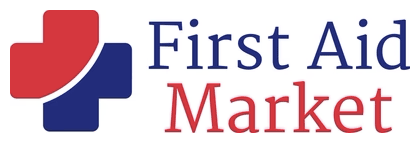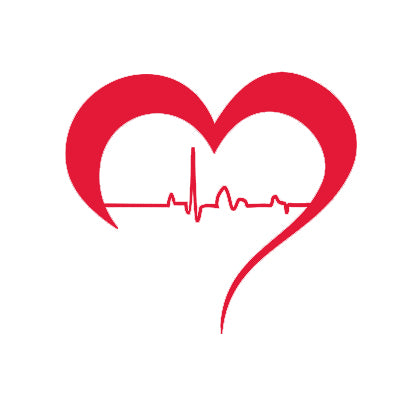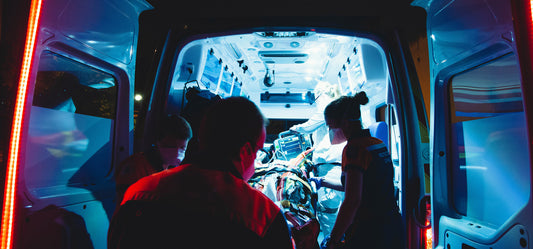In a world where medical advancements continue to astound us, one technology has proven to be a true lifesaver: Automated External Defibrillators, commonly known as AEDs. These unassuming devices hold the power to reverse the direst of situations – cardiac arrests – and have rapidly become an indispensable tool in our fight against sudden cardiac death. In this blog post, we'll delve into the significance of AEDs and why their widespread accessibility is a crucial aspect of modern healthcare.
Understanding Cardiac Arrest:
A Race Against Time Cardiac arrest is a condition in which the heart suddenly stops beating, depriving the body of oxygen-rich blood and leading to loss of consciousness. Without prompt intervention, cardiac arrest can quickly lead to irreversible brain damage and death. Time is of the essence during such emergencies, and the key to saving lives lies in restoring the heart's rhythm as swiftly as possible.
The Role of AEDs:
These compact devices are designed to automatically analyze a person's heart rhythm and, if necessary, deliver an electric shock to restore a normal heartbeat. AEDs are user-friendly, often equipped with audio and visual prompts to guide even those with minimal medical training through the process. Their ability to quickly and effectively deliver a shock makes them invaluable in situations where every second counts.
The Importance of Accessibility
AEDs are most effective when they are readily available in various public spaces, such as airports, schools, shopping centers, gyms, and workplaces. Their accessibility is crucial because cardiac arrests can strike anyone, regardless of age or fitness level. Sudden cardiac arrest can even occur in seemingly healthy individuals without known heart conditions.
Automated External Defibrillators are a testament to human innovation and the power of technology in preserving lives. With their ability to swiftly restore normal heart rhythms, these devices have revolutionized how we approach cardiac emergencies. As we continue to advocate for their accessibility and use, we move one step closer to a world where cardiac arrest is no longer a sentence, but a challenge we can overcome together.




